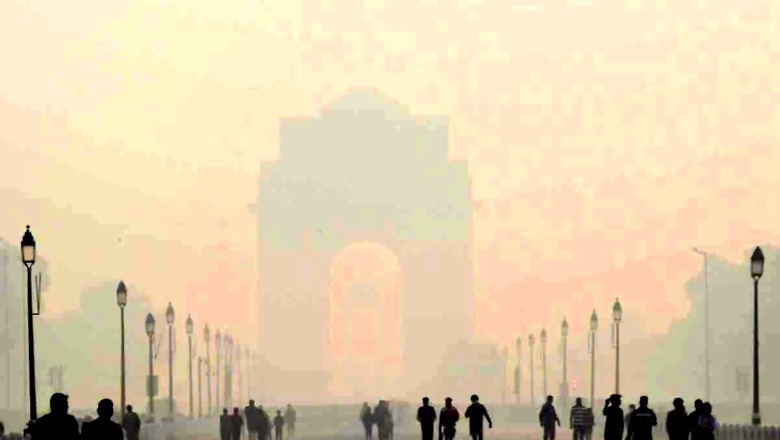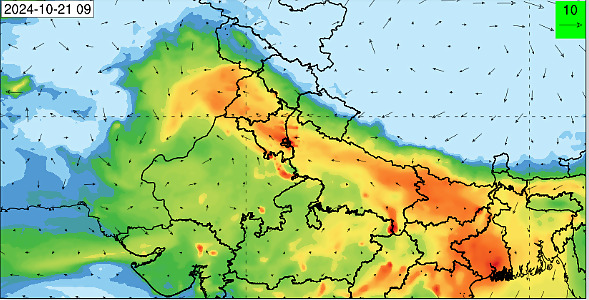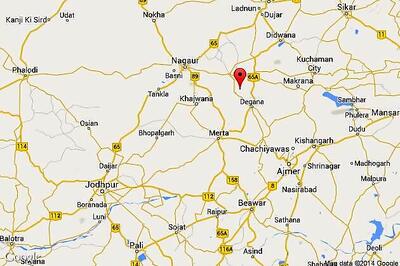
views
The air pollution across the national capital is set to deteriorate this week, as the weather conditions have turned unfavourable for dispersal of pollutants. According to the Air Quality Early Warning System for Delhi, the wind speeds have dropped especially during the night.
A thick haze has already enveloped the national capital turning the skies grey. The Air Quality Index (AQI) has been hovering over 250-290 indicating the ‘poor’ air quality over the region when people start experiencing breathing discomfort. The dominant pollutant remains PM10 in many places largely because of high-levels of dust, while the tiny PM2.5 produced from vehicles and stubble burning is also increasing steadily.
While the winds are largely coming from different directions, their speed during the day is reported to be around 6-14 kmph. However, it becomes calmer during the night, when temperatures also drop to about 20℃. Wind speed less than 10 kmph and low temperatures can make the pollution worse. “The predominant winds at this time of the year are usually north-westerly. So, the contribution of stubble burning from Northwest India also starts increasing. If the temperature falls steadily, then it will also reduce the mixing depth of the atmosphere – the height at which the pollutants disperse,” said Dr Gufran Beig, Founder of SAFAR (System for Air Quality and Weather Forecasting and Research).
The mixing depth of the atmosphere varies with season, and is normally 1 km above the surface. But, as temperatures drop during the winter season, it can also fall to 500-800 metres causing buildup of pollutants closer to the surface. To much respite, the temperatures are still 2-3 ℃ above-normal in Delhi and hovering around 35℃, falling to around 20℃ during the night.

However, the latest forecast by IITM-IMD suggests that additional emissions from sources like stubble burning and waste-burning are likely to deteriorate the air quality further over the next week. “Control measures implemented in pollution hotspot areas will have a positive impact on air quality,” it stated.
Meanwhile, roughly 100-300 stubble burning incidents are being reported daily in the neighbouring states. The satellite data assessed by the Indian Agricultural Research Institute (IARI) showed that about a 100 such fire counts were recorded on Sunday, taking the total incidents this season to 3,485. Punjab leads with 1,445, followed by Uttar Pradesh (698), Haryana (653), Madhya Pradesh (403), Rajasthan (275) and Delhi (11).
“While the farm fires have begun in northern agrarian states, the daily fire count is still around 100. It can go up to 3,000-4,000 fires per day in late October when the peak burning season begins. However, with increased penetration of crop residue management (CRM) machines, fires are expected to decline. This year, the focus should be on ensuring the optimal use of ~2 lakh Crop Residue Management (CRM) machines available with custom hiring centres and farmers,” said Kurinji Kemanth, Programme Associate at Council on Energy, Environment and Water (CEEW).
A 2022 study done by CEEW during the Kharif season also showed that nearly half of Punjab’s CRM users are also partially burning the loose straw before using the machine for its smooth operation – a practice that experts have advised against. “The states must stay vigilant in curbing partial burning. Officials from agricultural departments should also encourage farmers’ participation in supplying paddy straw to nearby industries to realise additional income,” added Kemanth.














Comments
0 comment